December 3, 2020 | See the post at corporateeventnews.com
As 2020 draws to close, COVID-19-weary event planners are looking towards a fresh start, a reboot for 2021. Whether planning for a conference, meeting or trade show, there are plenty of things to do beforehand to let your guests know they are walking into a clean and healthy environment. While there is no silver bullet, keeping proper cleaning protocols in place will help keep your event safe and secure. Clean is not only the new cool, it is critical for success.
Reducing the risk of exposure to COVID-19 by cleaning and disinfecting is an important part of reopening that will require careful planning. It is essential to let your attendees know that you have gone above and beyond to create a solid cleaning and disinfecting strategy so they can focus on your event and not worry about germs.
Here are a few tips to consider:
First and foremost, identify potential “transmission areas” and high touchpoints.
Walk your venue to identify all potential “transmission areas.” These are high-traffic areas with a large concentration of attendees like reception areas, stairwells, bathrooms and elevators. Then concentrate on high touchpoints, such as door handles, elevator buttons, handrails and light switches. These areas will need extra attention for disinfecting. Also identify and uncover any areas that cause hidden problems, such as a lack of trash cans.
Keep a schedule and loop.
Once you have identified potential “transmission areas,” create a detailed schedule for wiping down and disinfecting them. Cleaners should “loop” their designated areas several times a day. There is no exact formula for how many times a day/hour an area should be disinfected, but a good guideline is to consider square footage versus traffic. For example, a very crowded event may have a cleaner assigned to a busy restroom to continually wipe down door handles, toilet flushes and faucets.
Plan for a break in the chain.
When the pandemic first hit, everyone felt the supply chain buckle. First, it was cleaning supplies and personal protective equipment (PPE), then toilet paper, then hand sanitizer and so on. Given the recent spike of global infections and lockdowns, you must prepare for another brake in the chain. Plan well in advance to secure and receive your PPE and janitorial supplies, even if you think they will be readily available. It only takes one news report to send people into a buying frenzy.
Training staff is key.
While cleaning seems intuitive, it is not. In a pre-COVID world, a spray and wipe did the trick. That’s no longer true. Most people do not realize that cleaning and disinfecting are two different processes. Both work together for the magic to happen. Cleaning removes dirt and dust; disinfectants reduce or eliminate pathogens that could cause illness. Clean first, disinfect second.
It’s all in the kill time.
A quick spray and wipe is a waste. Disinfectants need time to do their job; they do not work instantly. To be effective, disinfectants need to sit wet on a surface (aka contact time) for a specified amount of time. For example, Clorox Disinfecting Wipes need four minutes of contact time. Each product is different; read your labels.
Electrostatic spraying.
No matter how often an area is manually cleaned, humans have limitations. Hard-to-reach nooks and crannies, like the back of door handles, can be missed. To complement your disinfecting regime, consider a nightly electrostatic spray treatment. An Electrostatic Spray System is a powerful, efficient and reliable method to ensure all surfaces (front, back and sides) can be properly disinfected and sanitized. The superior “wrap around” coverage provides better protection against the spread of illness-causing germs.
Meetings and events support more than 10 million jobs worldwide. Let’s do our part to keep everyone safe and get live venue employees back to work as we begin the road to recovery. Having the right cleaning policies in place is a crucial element of any event venue looking to restart its business.



